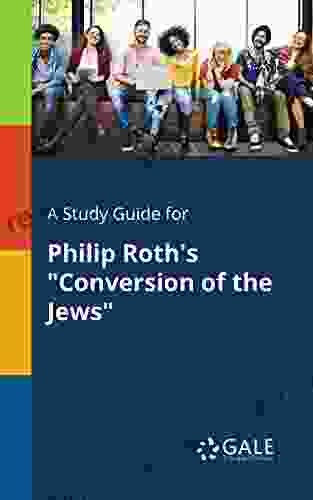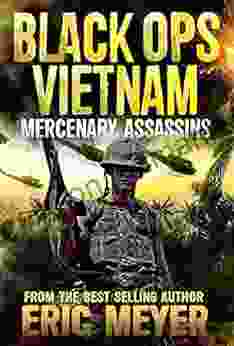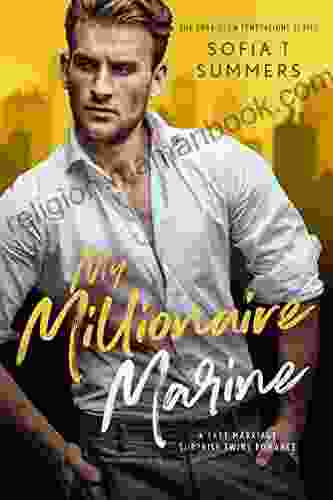Study Guide for Philip Roth's Conversion of the Jews: Short Stories for Students

Philip Roth's "Conversion of the Jews" is a collection of three interconnected short stories that explore themes of identity, religion, and loss. The stories are set in the suburbs of Newark, New Jersey, in the 1950s and 1960s, and follow the lives of several Jewish families as they grapple with the changing social and cultural landscape of America.
Roth's stories are both poignant and funny, and they offer a unique perspective on the American Jewish experience. The stories are also a valuable resource for students studying American literature, as they provide a rich and complex examination of some of the most important issues of the 20th century.
4 out of 5
| Language | : | English |
| File size | : | 638 KB |
| Text-to-Speech | : | Enabled |
| Screen Reader | : | Supported |
| Enhanced typesetting | : | Enabled |
| Word Wise | : | Enabled |
| Print length | : | 20 pages |
Key Themes
- Identity: The stories explore the complex issue of Jewish identity in America. The characters in the stories struggle to find their place in a society that is often hostile or indifferent to them. They also struggle to come to terms with their own Jewishness, and to find a way to live authentically in a world that is often confusing and contradictory.
- Religion: The stories also explore the role of religion in Jewish identity. The characters in the stories have a variety of relationships to Judaism, and they struggle to find a way to believe in a God who seems to be indifferent to their suffering. The stories also raise questions about the nature of faith and the role of religion in modern society.
- Loss: The stories are also about loss. The characters in the stories lose their loved ones, their faith, and their sense of belonging. They are forced to confront the inevitability of death and the fragility of life. The stories offer a moving and compassionate exploration of the human experience of loss.
Character Analysis
- Ozzie Freedman: Ozzie is the protagonist of the first story, "Conversion of the Jews." Ozzie is a young boy who is struggling to come to terms with his Jewish identity. He is embarrassed by his parents' religious practices, and he is drawn to the seductive allure of the Christian world. Ozzie's story is a moving and ultimately tragic exploration of the loss of innocence and the search for identity.
- Eli Peck: Eli is the protagonist of the second story, "Goodbye, Columbus." Eli is a young college student who is dating a non-Jewish girl named Brenda Patimkin. Eli is torn between his love for Brenda and his desire to remain faithful to his Jewish heritage. Eli's story is a complex and nuanced examination of the challenges of interfaith relationships.
- Nathan Zuckerman: Nathan is the protagonist of the third story, "Eli, the Fanatic." Nathan is a young man who is struggling to come to terms with his own Jewishness. Nathan is drawn to the charismatic Rabbi Lionel Binder, and he becomes increasingly involved in the rabbi's extremist religious movement. Nathan's story is a cautionary tale about the dangers of fanaticism and the importance of finding a healthy balance between faith and reason.
Literary Analysis
- Symbolism: Roth uses a variety of symbols throughout the stories to explore his themes. For example, the swimming pool in "Conversion of the Jews" symbolizes both the allure of the Christian world and the dangers of assimilation. The rabbi's black hat in "Eli, the Fanatic" symbolizes the dangers of fanaticism and the importance of finding a healthy balance between faith and reason.
- Motifs: Roth also uses a variety of motifs throughout the stories. For example, the motif of food is used to explore the characters' relationships to their Jewish heritage. The motif of water is used to explore the characters' search for identity and meaning. The motif of death is used to explore the characters' confrontations with the inevitability of death.
- Style: Roth's writing style is characterized by its use of irony, humor, and pathos. Roth's stories are often funny, but they are also often deeply moving. Roth's use of irony helps to highlight the absurdity of some of the situations in which his characters find themselves. His use of humor helps to make his characters more relatable and sympathetic. And his use of pathos helps to create a deep emotional connection between the reader and the characters.
"Conversion of the Jews" is a powerful and moving collection of short stories that explores some of the most important issues of the 20th century. Roth's stories are both poignant and funny, and they offer a unique perspective on the American Jewish experience. The stories are also a valuable resource for students studying American literature, as they provide a rich and complex examination of some of the most important issues of the 20th century.
Further Reading
- Review of "Conversion of the Jews" by Michiko Kakutani
- Review of "Conversion of the Jews" by Jonathan Yardley
- ''Conversion of the Jews'': Philip Roth's Tales of American Jewish Identity" by Sanford Pinsker
4 out of 5
| Language | : | English |
| File size | : | 638 KB |
| Text-to-Speech | : | Enabled |
| Screen Reader | : | Supported |
| Enhanced typesetting | : | Enabled |
| Word Wise | : | Enabled |
| Print length | : | 20 pages |
Do you want to contribute by writing guest posts on this blog?
Please contact us and send us a resume of previous articles that you have written.
 Top Book
Top Book Novel
Novel Fiction
Fiction Nonfiction
Nonfiction Literature
Literature Paperback
Paperback Hardcover
Hardcover E-book
E-book Audiobook
Audiobook Bestseller
Bestseller Classic
Classic Mystery
Mystery Thriller
Thriller Romance
Romance Fantasy
Fantasy Science Fiction
Science Fiction Biography
Biography Memoir
Memoir Autobiography
Autobiography Poetry
Poetry Drama
Drama Historical Fiction
Historical Fiction Self-help
Self-help Young Adult
Young Adult Childrens Books
Childrens Books Graphic Novel
Graphic Novel Anthology
Anthology Series
Series Encyclopedia
Encyclopedia Reference
Reference Guidebook
Guidebook Textbook
Textbook Workbook
Workbook Journal
Journal Diary
Diary Manuscript
Manuscript Folio
Folio Pulp Fiction
Pulp Fiction Short Stories
Short Stories Fairy Tales
Fairy Tales Fables
Fables Mythology
Mythology Philosophy
Philosophy Religion
Religion Spirituality
Spirituality Essays
Essays Critique
Critique Commentary
Commentary Glossary
Glossary Bibliography
Bibliography Index
Index Table of Contents
Table of Contents Preface
Preface Introduction
Introduction Foreword
Foreword Afterword
Afterword Appendices
Appendices Annotations
Annotations Footnotes
Footnotes Epilogue
Epilogue Prologue
Prologue Michael Fullan
Michael Fullan Joan Lipinsky Cochran
Joan Lipinsky Cochran Ian Inglis
Ian Inglis P T Macias
P T Macias Emma Donoghue
Emma Donoghue Douglas Doman
Douglas Doman A M Van Dorn
A M Van Dorn John Ridley
John Ridley Elizabeth Briggs
Elizabeth Briggs G M Jackson
G M Jackson Bobby Flay
Bobby Flay Dr Jim Kay
Dr Jim Kay Lawrence Wright
Lawrence Wright Rand Paul
Rand Paul Edward Dyson
Edward Dyson William Hayes
William Hayes Michael J Chase
Michael J Chase Cynthia J Cyrus
Cynthia J Cyrus David Bomber
David Bomber Stephen Roach
Stephen Roach
Light bulbAdvertise smarter! Our strategic ad space ensures maximum exposure. Reserve your spot today!
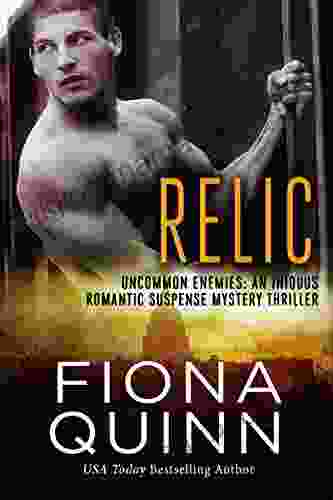
 Bobby HowardFiona Quinn: Unveiling the Uncanny Foes of Relic - A Comprehensive Guide to...
Bobby HowardFiona Quinn: Unveiling the Uncanny Foes of Relic - A Comprehensive Guide to...
 Fyodor DostoevskyThe Healthy Air Fryer Cookbook: 75+ Guilt-Free Recipes for Crispy, Crunchy,...
Fyodor DostoevskyThe Healthy Air Fryer Cookbook: 75+ Guilt-Free Recipes for Crispy, Crunchy,...
 Reginald CoxThe Recovery Agent: A Captivating Journey into the Heart and Soul of Trauma,...
Reginald CoxThe Recovery Agent: A Captivating Journey into the Heart and Soul of Trauma,... Isaac AsimovFollow ·12.3k
Isaac AsimovFollow ·12.3k James JoyceFollow ·4.2k
James JoyceFollow ·4.2k Percy Bysshe ShelleyFollow ·2.7k
Percy Bysshe ShelleyFollow ·2.7k Larry ReedFollow ·6.4k
Larry ReedFollow ·6.4k Sean TurnerFollow ·8.9k
Sean TurnerFollow ·8.9k Gage HayesFollow ·15.9k
Gage HayesFollow ·15.9k Graham BlairFollow ·17.7k
Graham BlairFollow ·17.7k Carlos DrummondFollow ·3k
Carlos DrummondFollow ·3k
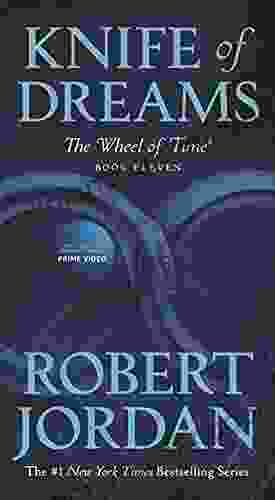
 David Peterson
David PetersonUnveiling Eleven of the Wheel of Time: A Journey Through...
In the vast and intricate...
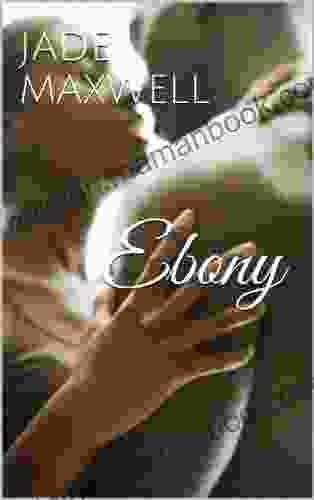
 Curtis Stewart
Curtis StewartEbony Jay Rice: A Rising Star in the Entertainment...
Ebony Jay Rice is a force to be reckoned...

 Matt Reed
Matt ReedNavigating Mental Health with Science: Overcoming...
Mental health is an integral part of...
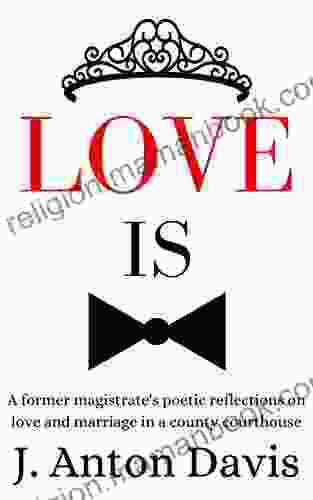
 Guillermo Blair
Guillermo BlairFormer Magistrate's Poetic Reflections on Love and...
In the hallowed halls...
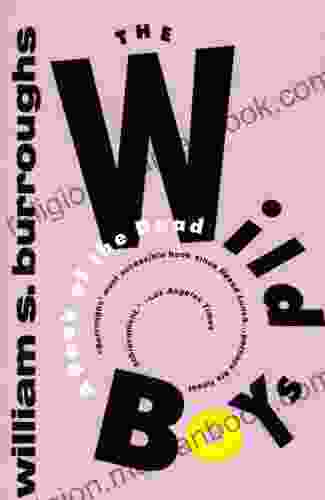
 Corey Green
Corey GreenOf the Dead: William Burroughs' Post-Beat Masterpiece
William S. Burroughs' Of the...
4 out of 5
| Language | : | English |
| File size | : | 638 KB |
| Text-to-Speech | : | Enabled |
| Screen Reader | : | Supported |
| Enhanced typesetting | : | Enabled |
| Word Wise | : | Enabled |
| Print length | : | 20 pages |


